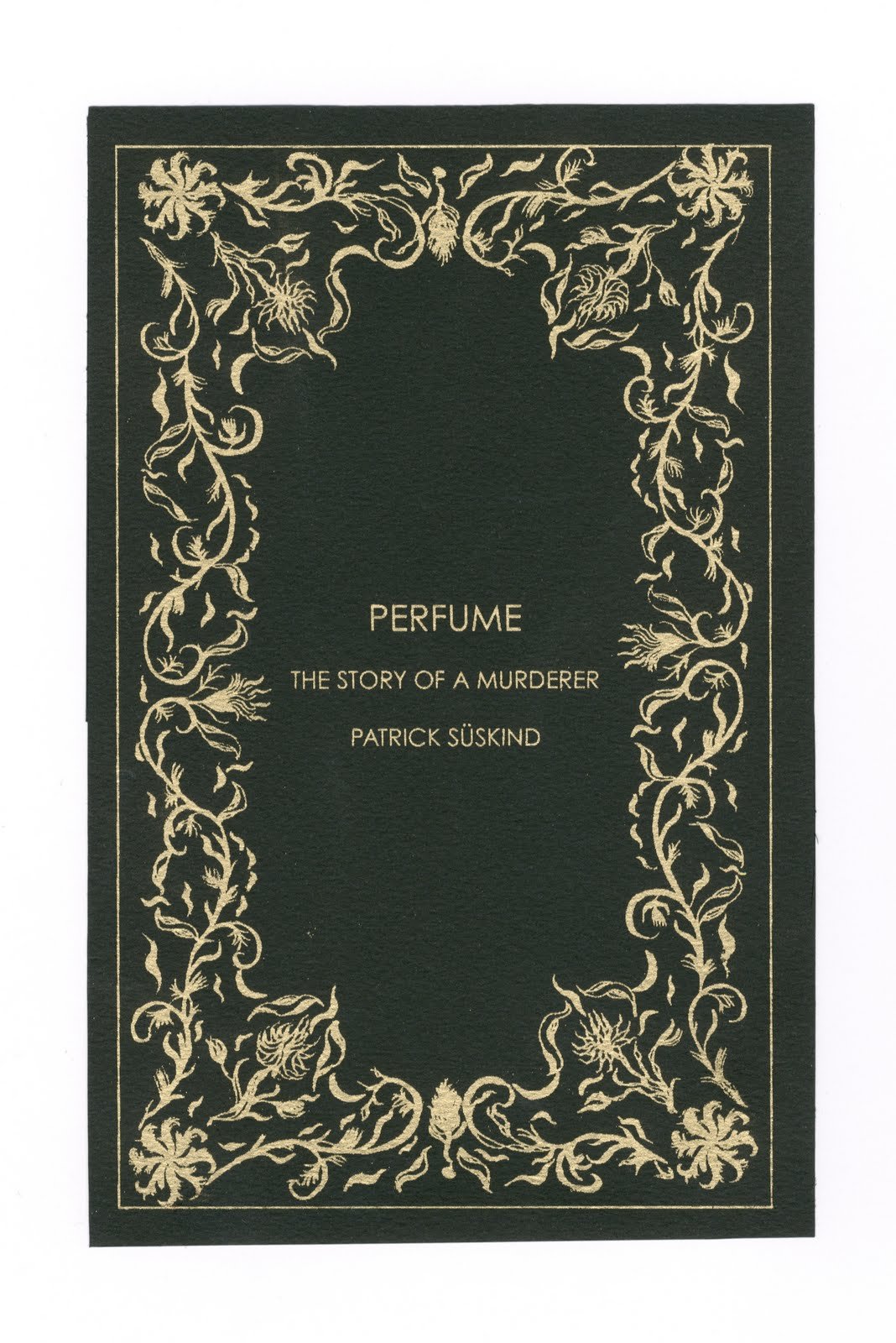Design Your Own Book Cover: A Great Exercise in Visualisation
Last week I spent a solid 48 hours doing a last-minute revision of my current novel for a competition deadline. Feeling completely brain dead and unable to face going back to the manuscript just yet I decided the time was right to do something creative and send some positive vibes out into the universe at the same time so today I designed and created a book cover. It's a great exercise in positive visualisation - seeing your ideas represented in the image on the front cover and the back-cover blurb makes your creation very real. It also forces you to focus on the images and ideas that are the real essence of your manuscript.I created my cover on the computer using Microsoft Publisher but you may prefer to use good old paper, crayons, pencils, scissors and glue. There are plenty of sites you can visit on the web for inspiration and ideas. Try one of these:http://www.1stwebdesigner.com/inspiration/beautiful-book-cover-design/http://bookcoverarchive.com/http://www.readings.com.au/news/the-best-book-covers-and-designs-of-2010Looking at a variety of books, both from your shelf and on the web, will help you choose the styles you like and that would best suit your novel but actually making your own is the best way to narrow down the final vision you have for your manuscript.So what are the essential elements of a book cover?The most obvious is the picture or image. You will probably find you have had a good sense of this all along but actually creating the cover will really help you refine it. I knew I wanted a lake and a boat but that was about it. Searching through google images I came across literally hundreds of images that fitted this description and managed to find one that was pretty in sync with the picture I had in my head.Then there's the font: size, style and colour. It's amazing how long you can spend fiddling around with this until you get it just right. So many decisions to be made. Solid block print or cursive, flowy script? Should the title be centred or to the side, top, middle or bottom of the page? Where should your name appear and how big should it be? Should there be a one sentence teaser on the front or do you save it for the back? What colours should you use for the overall design?The back cover has a number of components. There's the brief story description - a mini synopsis that gives the reader an idea of who your protagonist is and what situation or dilemma she finds herself in? Be careful not to give too much away - just enough to persuade the reader that this a book she has to read. Remember that the back cover blurb is a marketing device and it's purpose is to sell the book. Writing this will once again encourage you to be concise and to concentrate on the essentials of the story. There's no room for superfluous words.Some back covers include an image or photo of the writer. Go with whatever feels right for you. Again think about positioning, size and colour.Other elements can include endorsements from other well-known writers or excerpts from reviews. For the purposes of this exercise use your imagination and make these up. Sing the praises of the book and the writer as much as you want. It's another way of giving yourself a pat on the back and of reinforcing your own belief in your manuscript.Make the cover as realistic as possible by adding the publisher name and details (make up a name or go with your most desired publisher) and including the retail price.Finally print your work of art, select a book of roughly the same size as your anticipated book, wrap and sticky tape the cover around it and hold your" published" novel (or memoir, or poetry, or book of short stories) in your hand. It's an incredibly powerful tool for making the publication of your manuscript come to life. I even managed to fool my husband (albeit for a couple of seconds) when he walked into the house, picked up my "book" and looked at me with his mouth open.I'm going to be sitting my copy beside my computer screen where I'll see it out of the corner of my eye every time I work on my revisions. It's bringing me a step closer to believing that one day I will be a published author.
 The images above are from Images for book cover design
The images above are from Images for book cover design
